Home>Articles>How Long Do I Cook Pigs Feet In A Electric Pressure Cooker
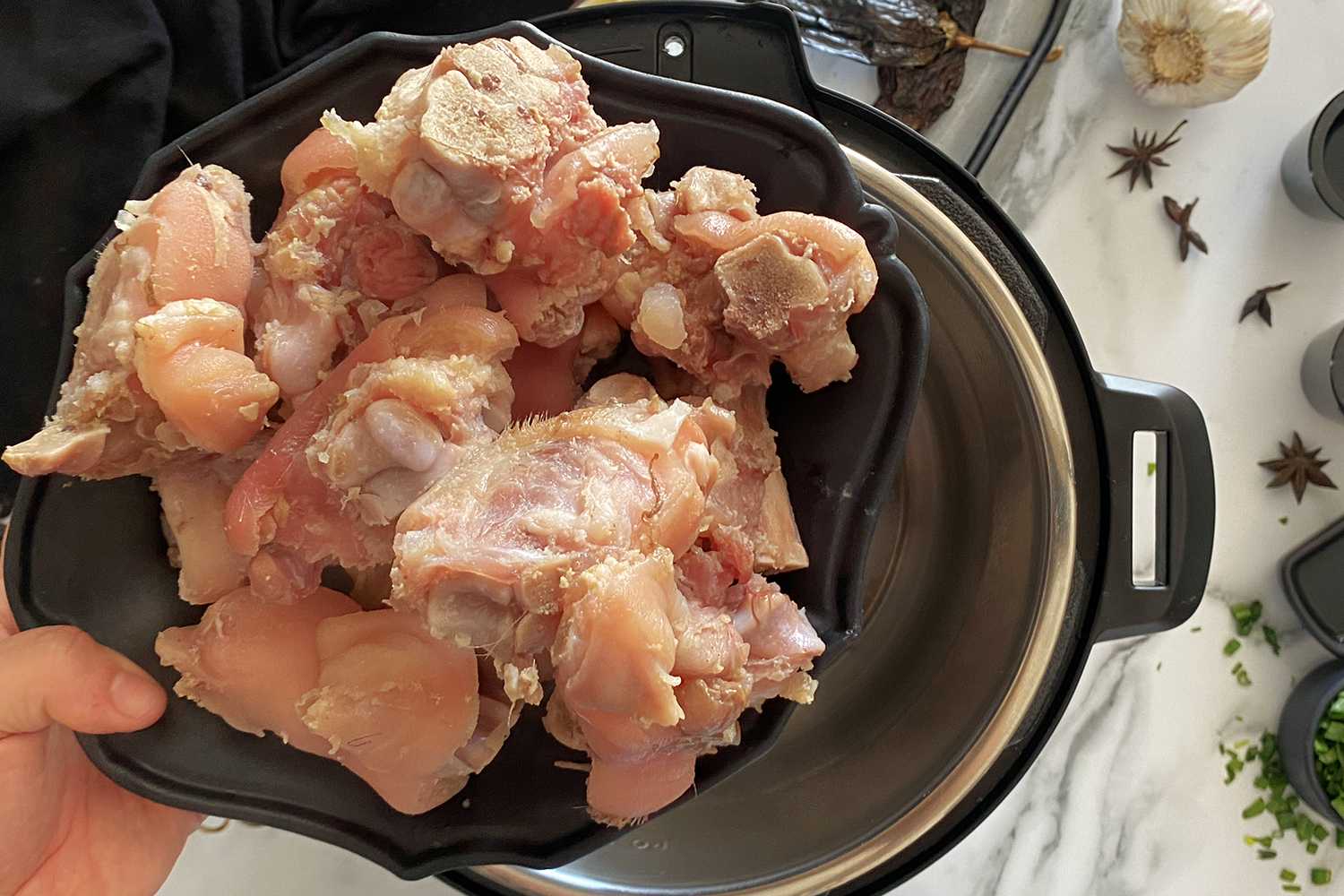

Articles
How Long Do I Cook Pigs Feet In A Electric Pressure Cooker
Modified: December 6, 2023
Discover the perfect cooking time for pigs feet in an electric pressure cooker. Read our informative article to learn more about this delicious dish and how to prepare it with ease.
(Many of the links in this article redirect to a specific reviewed product. Your purchase of these products through affiliate links helps to generate commission for Storables.com, at no extra cost. Learn more)
Introduction
When it comes to cooking tender and flavorful pigs feet, an electric pressure cooker can be a game-changer. This kitchen appliance combines convenience, speed, and versatility to create mouthwatering dishes with minimal effort. Whether you’re a seasoned chef or a beginner home cook, using an electric pressure cooker for cooking pigs feet can save you time while delivering delicious results.
Electric pressure cookers have gained popularity in recent years for their ability to cook food quickly and evenly. The high-pressure cooking method helps to break down tough meat fibers, resulting in tender and flavorful dishes. Moreover, the sealed environment of the pressure cooker allows dishes to retain more nutrients, making it a healthier cooking option. By using an electric pressure cooker to cook pigs feet, you can achieve perfect tenderness and a depth of flavor that will impress your family and friends.
In this article, we will discuss the benefits of using an electric pressure cooker, how to prepare pigs feet for cooking, the cooking process, recommended cooking time, how to check for doneness, and finally, the serving and enjoying of delicious pigs feet. We will also provide tips on cleaning and maintaining your electric pressure cooker for long-lasting use.
So, if you’re ready to discover the wonderful world of cooking pigs feet in an electric pressure cooker, let’s dive in!
Key Takeaways:
- Cooking pigs feet in an electric pressure cooker offers time-saving, energy-efficient, and versatile benefits, resulting in tender, flavorful dishes with minimal effort.
- Properly preparing, cooking, and enjoying pigs feet in various culinary creations, along with regular cleaning and maintenance of the electric pressure cooker, ensures a delightful and satisfying culinary experience.
Benefits of Using an Electric Pressure Cooker
Using an electric pressure cooker to cook pigs feet offers numerous benefits that make it a preferred cooking method for many home cooks. Let’s explore some of the advantages:
- Time-saving: One of the biggest advantages of using an electric pressure cooker is the significant reduction in cooking time. The high-pressure environment inside the cooker allows for faster cooking, meaning that you can have perfectly tender pigs feet in a fraction of the time compared to traditional cooking methods. This is especially beneficial if you have a busy schedule or need to prepare a meal in a hurry.
- Energy-efficient: Electric pressure cookers are designed to use less energy compared to other cooking appliances. The sealed environment traps steam and heat, allowing for efficient and even cooking. This not only saves you money on your energy bills but also contributes to a greener and more sustainable kitchen.
- Versatility: Electric pressure cookers are incredibly versatile and can be used for various cooking tasks beyond just cooking pigs feet. They can steam, sauté, slow cook, and even make yogurt or rice. With multiple cooking functions, you can experiment with a wide range of recipes and cuisines, making your electric pressure cooker a versatile addition to your kitchen arsenal.
- Retains nutrients: The sealed environment of the pressure cooker helps to retain more nutrients in your food compared to other cooking methods. The shorter cooking time and minimal use of water prevent the loss of vitamins and minerals in the food, resulting in healthier and more nutritious dishes.
- Consistent results: Electric pressure cookers provide consistent and reliable cooking results, making it easier to achieve perfect tenderness and flavor. The precise temperature and pressure control ensure that your pigs feet are cooked evenly every time, eliminating the risk of overcooking or undercooking.
- Easy to use: Electric pressure cookers are designed to be user-friendly, even for those who are new to pressure cooking. With preset cooking programs and intuitive controls, you can easily set the desired cooking time and pressure level. The safety features, such as lid locking and pressure release valves, provide peace of mind while cooking.
Overall, using an electric pressure cooker to cook pigs feet offers convenience, time-saving benefits, energy-efficiency, and consistent results. It’s a versatile kitchen appliance that can enhance your cooking experience and help you create delicious meals with ease.
Preparing Pigs Feet for Cooking
Before you start cooking pigs feet in an electric pressure cooker, it’s important to properly prepare them. Here’s a step-by-step guide on how to prepare pigs feet for cooking:
- Cleaning: Begin by thoroughly cleaning the pigs feet. Rinse them under cold water to remove any dirt or debris. Use a scrub brush to gently scrub the surface of the feet, paying attention to the crevices and nails. This step helps to ensure that your pigs feet are clean and ready for cooking.
- Blanching: Next, blanch the pigs feet to remove any impurities and excess fat. Place the cleaned feet in a large pot of boiling water and let them cook for about 5 minutes. This will help to remove any residual dirt and impurities. After blanching, transfer the pigs feet to a colander and rinse them again under cold water.
- Trimming: Once the pigs feet are blanched, you may need to trim them to remove any excess fat or skin. Use a sharp knife to trim off any visible fat or tough skin. This step helps to enhance the texture and appearance of the final dish.
- Seasoning: After trimming, season the pigs feet according to your taste. You can use a combination of spices, herbs, and marinades to add flavor. Some popular seasonings for pigs feet include garlic, ginger, soy sauce, vinegar, and chili flakes. Allow the pigs feet to marinate for at least 30 minutes, or overnight in the refrigerator, to allow the flavors to penetrate the meat.
Preparing pigs feet for cooking is an essential step to ensure that they are clean and flavorful. Follow these steps to properly clean, blanch, trim, and season the pigs feet before they go into the electric pressure cooker. With properly prepared pigs feet, you’ll be on your way to creating a delicious and satisfying dish.
Cooking Pigs Feet in an Electric Pressure Cooker
Now that you have prepared the pigs feet, it’s time to cook them in your electric pressure cooker. Follow these step-by-step instructions for cooking pigs feet to perfection:
- Preheat the cooker: Begin by preheating your electric pressure cooker. Turn on the cooker and select the “Saute” function. Let it heat up for a few minutes until it reaches the desired temperature.
- Add oil and sear the pigs feet: Once the cooker is preheated, add a small amount of oil to the pot. Gently place the pigs feet in the cooker and sear them on all sides until they turn golden brown. This step helps to enhance the flavor and texture of the meat.
- Add liquid and seasonings: After searing the pigs feet, add your choice of liquid to the cooker. You can use water, broth, wine, or a combination of these. The liquid should come up to about half the height of the pigs feet. Additionally, you can add in seasonings and aromatic ingredients like onions, garlic, bay leaves, and spices to enhance the flavor.
- Lock the lid and set the cooking time: Once the liquid and seasonings are added, lock the lid of the pressure cooker securely. Set the cooking time by selecting the appropriate setting for pigs feet on your cooker. The cooking time will vary depending on the size and quantity of the pigs feet.
- Cook under high pressure: Start the pressure cooker and let it cook under high pressure according to the set cooking time. The pressure cooker will build pressure and maintain it throughout the cooking process, resulting in tender and flavorful pigs feet.
- Natural or quick release: Once the cooking time is complete, you have the option to either release the pressure naturally or do a quick release. Natural release involves letting the pressure cooker sit for a specific period until the pressure is released on its own. Quick release, on the other hand, involves manually releasing the pressure by turning the pressure release valve.
- Check for doneness: After releasing the pressure, carefully open the lid of the pressure cooker. Use a fork or tongs to check the doneness of the pigs feet. They should be tender and easily pull away from the bone. If they require further cooking, you can reseal the pressure cooker and cook for an additional few minutes.
By following these steps, you will have perfectly cooked pigs feet in your electric pressure cooker. The high-pressure cooking method ensures tender and flavorful results, making your pigs feet a delectable dish to enjoy.
Recommended Cooking Time for Pigs Feet in an Electric Pressure Cooker
The cooking time for pigs feet in an electric pressure cooker can vary depending on factors such as the size of the feet, the quantity being cooked, and personal preference for tenderness. However, as a general guideline, you can follow these recommended cooking times:
- Whole pigs feet: If you are cooking whole pigs feet, the recommended cooking time is around 40 to 50 minutes under high pressure. This cooking time allows the collagen and connective tissues in the feet to break down and create tender, succulent meat.
- Sliced or chopped pigs feet: If you have sliced or chopped pigs feet, the cooking time can be reduced to around 20 to 30 minutes under high pressure. Since the pieces are smaller, they will cook faster and reach the desired tenderness.
- Extra-large or thick-cut pigs feet: For extra-large or thick-cut pigs feet, you may need to increase the cooking time slightly. Add an additional 5 to 10 minutes under high pressure to ensure that the meat becomes tender and easily separates from the bone.
It’s essential to note that these recommended cooking times are approximate and can vary depending on the specific model and brand of your electric pressure cooker. It’s always a good idea to consult the user manual that came with your pressure cooker for more precise cooking times or recommendations specific to your device.
Remember, the goal is to achieve tender, fall-off-the-bone pigs feet, so it’s okay to adjust the cooking time based on your personal preference. If you prefer your pigs feet to be very tender, you can extend the cooking time slightly. On the other hand, if you prefer them to be firmer, you can decrease the cooking time accordingly.
Once the recommended cooking time is complete, you can perform a quick release or natural release of the pressure according to your preference. Always double-check the doneness of the pigs feet before serving to ensure they are cooked to your liking.
By following these recommended cooking times and making necessary adjustments, you’ll be able to enjoy perfectly cooked pigs feet with tender meat and rich flavors.
Cook pigs feet in an electric pressure cooker for 45-60 minutes on high pressure, then allow for a natural release for 10-15 minutes before quick releasing any remaining pressure. This will ensure the meat is tender and fully cooked.
Checking the Doneness of Pigs Feet
Checking the doneness of pigs feet is an important step to ensure they are cooked to perfection and ready to be enjoyed. Here are a few methods you can use to determine if the pigs feet are done:
- Visual assessment: One way to check the doneness of pigs feet is through visual assessment. The meat should be tender and easily pull away from the bone. If you can easily separate the meat from the bone and it looks fall-off-the-bone tender, then the pigs feet are likely done.
- Texture test: Another method is to perform a texture test. Gently press a fork or tongs against the pigs feet. If the meat feels soft and tender, it indicates that it’s cooked properly. The texture should be similar to that of well-cooked stewed meat.
- Bone test: You can also do a bone test by gently tugging on the bones of the pigs feet. If the bones easily separate from the meat, it indicates that they are fully cooked. The meat should not cling tightly to the bone, but rather come off with little resistance.
- Temperature check: For a more precise method, you can use a meat thermometer to check the internal temperature of the pigs feet. The meat should reach an internal temperature of around 185°F (85°C) for it to be considered fully cooked. Insert the thermometer into the thickest part of the meat, avoiding contact with the bone.
It’s important to note that pigs feet are a collagen-rich meat, and as such, they benefit from a longer cooking time to break down the tough connective tissues and become tender. Overcooked pigs feet will have a melt-in-your-mouth texture, while undercooked feet will be tough and chewy.
If you find that the pigs feet are not fully cooked, you can reseal the pressure cooker and cook them for an additional few minutes under high pressure. It’s always better to slightly overcook the pigs feet than to serve them undercooked.
Once you have determined that the pigs feet are done, you can proceed to serve and enjoy them in your desired dish. Whether you’re incorporating them in a flavorful soup, stew, or a delicious braised recipe, properly cooked pigs feet will add depth of flavor and tenderness to your culinary masterpiece.
By using these methods to check for doneness, you can ensure that your pigs feet are cooked to perfection and ready to be savored.
Serving and Enjoying Pigs Feet
Now that your pigs feet are cooked to perfection, it’s time to serve and enjoy them in a delicious and enticing way. Here are some tips for serving and enjoying pigs feet:
- Traditional presentation: Pigs feet are often served as a main course or as part of a larger meal. You can plate them on a serving dish individually or arrange them together. They can be served whole or sliced, depending on your preference. Garnish with fresh herbs, such as parsley or cilantro, to add a pop of color.
- Pairing dishes: Pigs feet pair well with a variety of side dishes. Traditional accompaniments include sauerkraut, mashed potatoes, crusty bread, and pickles. The tanginess of sauerkraut cuts through the richness of the meat, while the mashed potatoes provide a comforting and creamy contrast. Serve with some bread to mop up the flavorful sauce and pickles for a refreshing bite.
- Creative culinary options: Pigs feet are a versatile ingredient that can be used in a range of culinary creations. Consider incorporating them into stews, soups, or even tacos. The tender meat and rich gelatin can add depth and complexity to any dish, making it a truly delightful experience.
- Flavor variations: Pigs feet can be cooked with different flavor profiles to suit your taste. Experiment with different seasonings, herbs, spices, and sauces to create unique flavor combinations. For a spicy kick, you can add chili peppers or hot sauce. Alternatively, you can opt for a more savory and aromatic profile by using herbs like thyme, rosemary, or bay leaves.
- Enjoying leftovers: Pigs feet can make delicious leftovers for future meals. Store any remaining cooked pigs feet in an airtight container in the refrigerator. The flavors tend to meld and intensify over time, so the leftovers can be even more flavorful. They can be used in sandwiches, added to salads, or enjoyed as they are.
Remember, serving and enjoying pigs feet is all about savoring the rich flavors, tender meat, and unique texture. Take your time to appreciate the intricate flavors and enjoy the experience of indulging in this delectable culinary delight.
With these tips in mind, you’re ready to serve and enjoy your perfectly cooked pigs feet in a way that suits your taste buds and culinary preferences. Whether you opt for traditional pairings or explore creative culinary options, the indulgence of pigs feet is sure to excite your palate and leave you craving for more!
Cleaning and Maintaining Your Electric Pressure Cooker
Proper cleaning and maintenance of your electric pressure cooker are essential for its longevity and optimal performance. Here are some tips to help you clean and maintain your electric pressure cooker:
- Cleaning the inner pot: After each use, remove the inner pot from the pressure cooker and wash it with warm soapy water. Use a non-abrasive sponge or cloth to avoid scratching the surface. Make sure to remove any food particles or residue from the bottom and sides of the pot.
- Removing odors: If your electric pressure cooker has developed lingering food odors, you can use a mixture of vinegar and water to neutralize the smell. Fill the inner pot with equal parts water and vinegar, then bring it to a boil using the pressure cooker’s “Saute” function. Let it cool down, then wash the pot as usual. This should help eliminate any unwanted odors.
- Cleaning the sealing ring: The sealing ring is a crucial component that ensures a tight seal and proper pressure build-up in the pressure cooker. It’s important to clean the sealing ring after each use. Remove the ring from the lid and wash it with warm soapy water. Rinse it thoroughly and make sure it’s completely dry before reassembling it.
- Wiping the exterior: Use a damp cloth or sponge to wipe the exterior of the pressure cooker, including the control panel. This will remove any spills, stains, or grease that may have accumulated during the cooking process. Avoid using abrasive cleaners or harsh chemicals, as they can damage the surface of the cooker.
- Cleaning the pressure release valve: The pressure release valve is another important component that needs regular cleaning. Check the user manual for instructions on how to remove and clean the pressure release valve. Use warm soapy water and a soft brush to remove any residue or debris. Rinse it thoroughly and ensure it’s dry before reattaching it to the lid.
- Regular maintenance: In addition to cleaning, it’s essential to perform regular maintenance tasks to keep your electric pressure cooker in optimal condition. This includes checking the pressure release valves, gaskets, and other components for wear and tear. Refer to the user manual for guidelines on when and how to replace any worn-out parts.
- Storing the pressure cooker: When not in use, make sure to store your electric pressure cooker in a clean and dry place. Keep the lid inverted on top of the cooker to allow air circulation and prevent any odors or moisture buildup. Avoid storing heavy items on top of the pressure cooker, as this can cause damage or deform the unit.
By following these cleaning and maintenance tips, you can ensure that your electric pressure cooker remains in excellent condition for years to come. A well-maintained pressure cooker will provide reliable performance and delicious results every time you use it.
Remember to always refer to the user manual that comes with your specific electric pressure cooker model for detailed instructions on cleaning and maintenance, as procedures may vary.
With proper care and attention, your electric pressure cooker will continue to be a valuable and convenient tool in your kitchen arsenal.
Conclusion
Cooking pigs feet in an electric pressure cooker is a fantastic way to achieve tender and flavorful results with minimal effort. By harnessing the power of high-pressure cooking, you can transform these collagen-rich cuts of meat into a delectable dish that will leave your taste buds satisfied.
We discussed the benefits of using an electric pressure cooker, including its time-saving capabilities, energy efficiency, versatility, and ability to retain nutrients. With an electric pressure cooker, you can cook pigs feet to perfection in a fraction of the time compared to traditional cooking methods.
Properly preparing the pigs feet by cleaning, blanching, trimming, and seasoning is essential for a delicious end result. Following the recommended cooking times and checking for doneness using visual assessment, texture tests, bone tests, or temperature checks will ensure that your pigs feet are cooked to perfection.
Once cooked, you can serve and enjoy the pigs feet in a variety of ways. Whether you opt for traditional pairings like sauerkraut and mashed potatoes or get creative and use them in stews, soups, or other dishes, the rich flavors and tender meat of the pigs feet will elevate any culinary creation.
Lastly, we discussed the importance of cleaning and maintaining your electric pressure cooker for its longevity and optimal performance. Regularly cleaning the inner pot, sealing ring, pressure release valve, and the exterior, as well as performing maintenance tasks as needed, will ensure that your pressure cooker lasts for years to come.
In conclusion, cooking pigs feet in an electric pressure cooker opens up a world of culinary possibilities. The convenience, speed, and versatility of this kitchen appliance make it a valuable tool for any home cook. So, grab your electric pressure cooker, embrace the tender and flavorful journey of cooking pigs feet, and enjoy the delightful results!
Frequently Asked Questions about How Long Do I Cook Pigs Feet In A Electric Pressure Cooker
Was this page helpful?
At Storables.com, we guarantee accurate and reliable information. Our content, validated by Expert Board Contributors, is crafted following stringent Editorial Policies. We're committed to providing you with well-researched, expert-backed insights for all your informational needs.
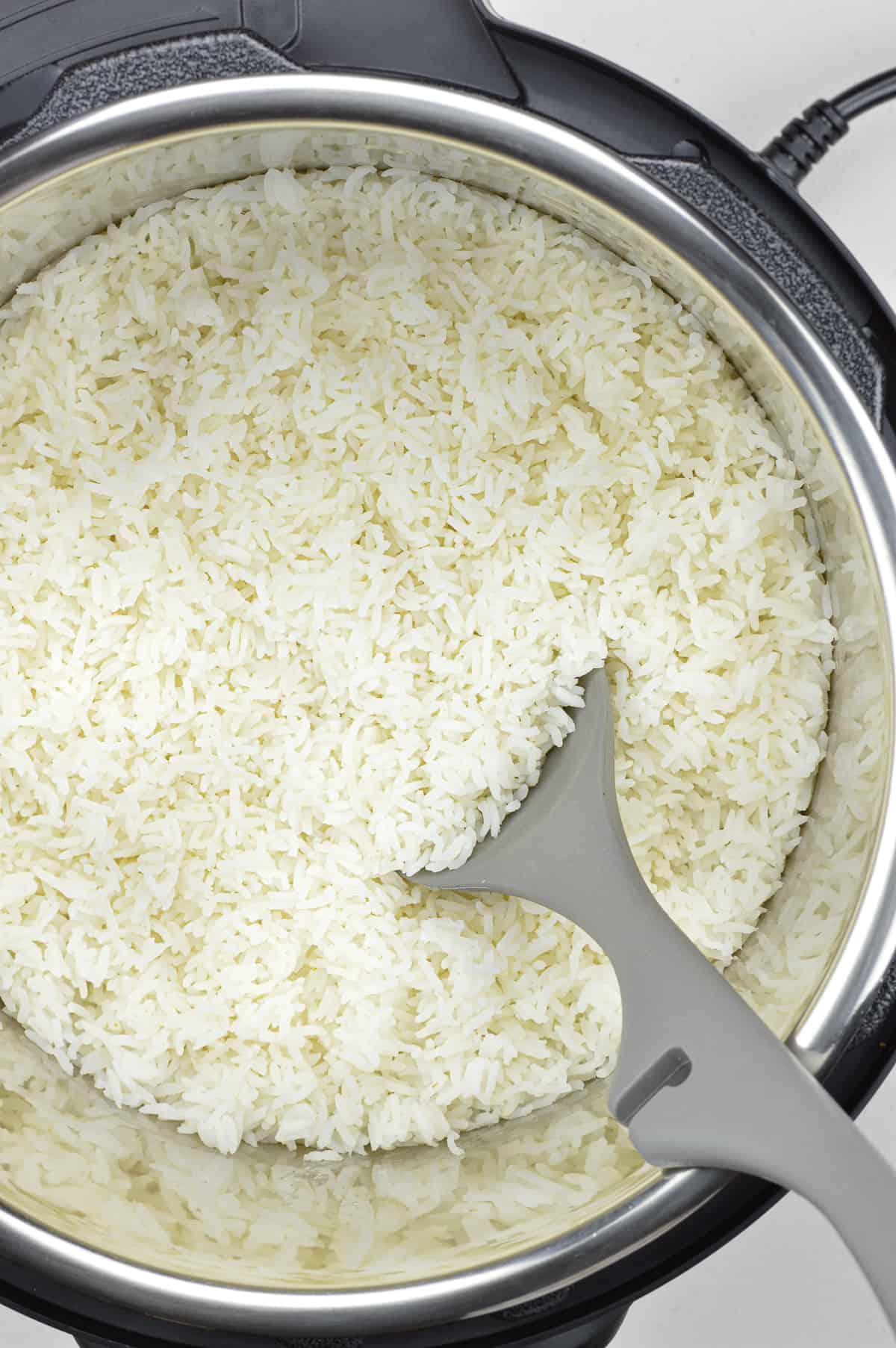
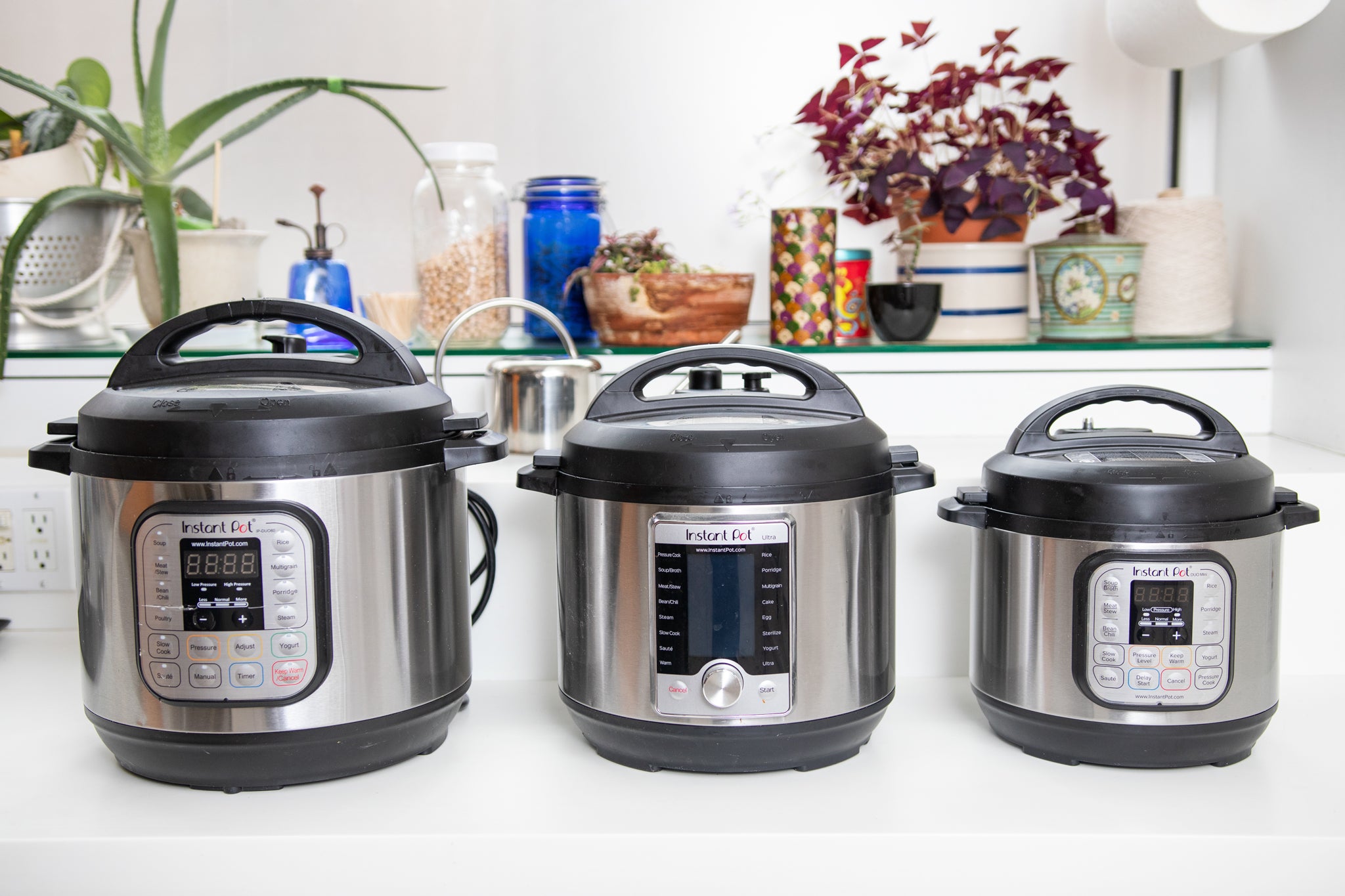
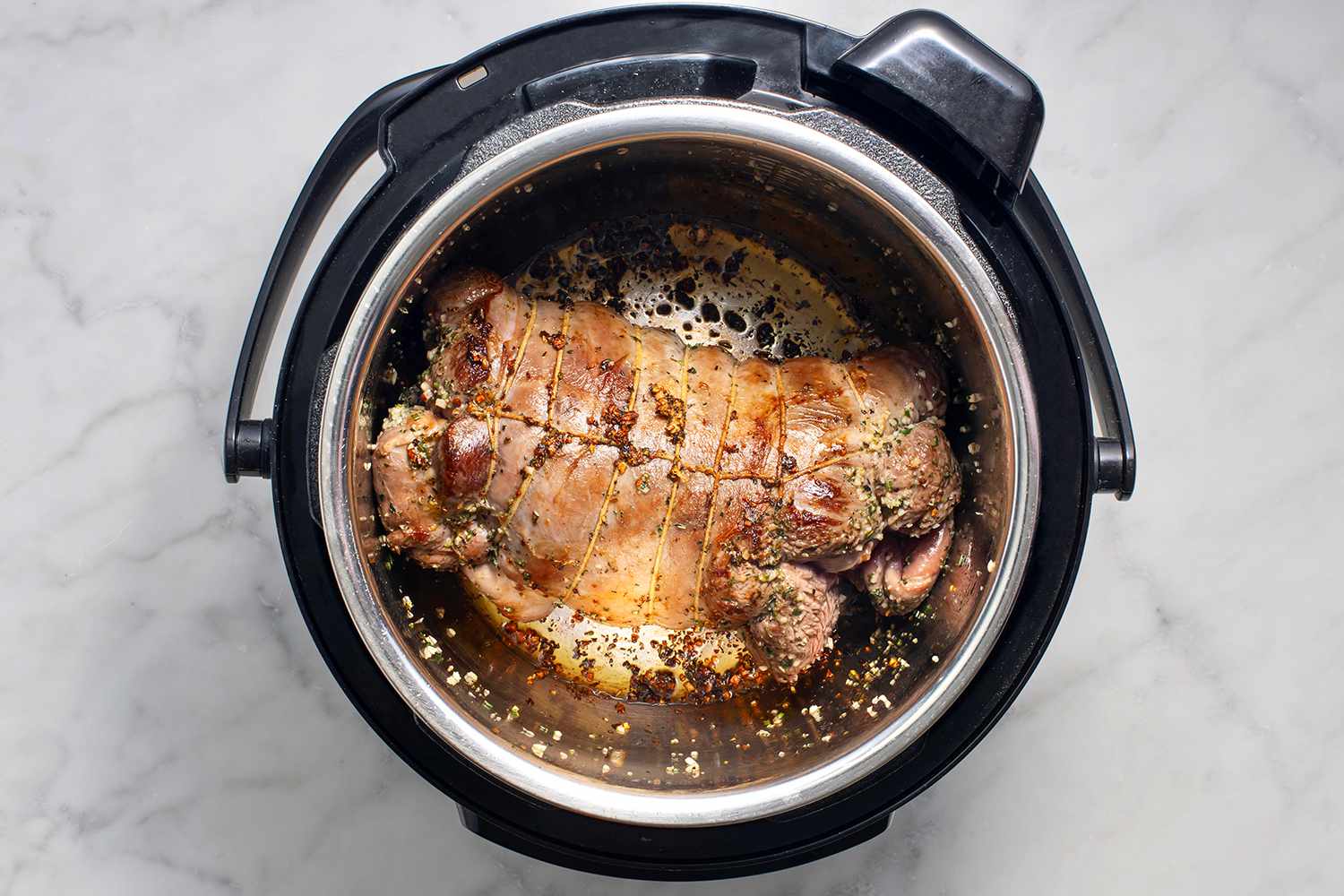
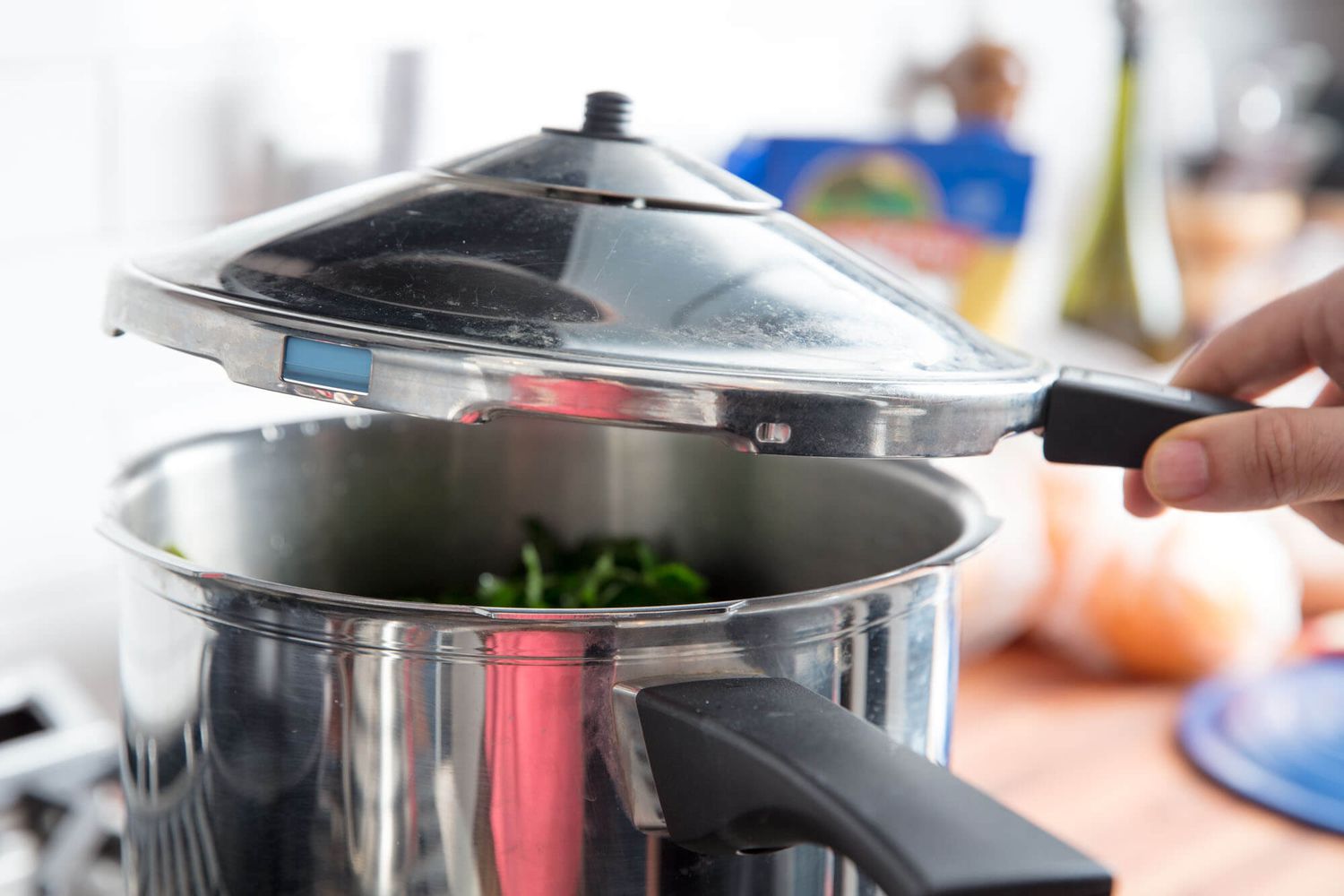
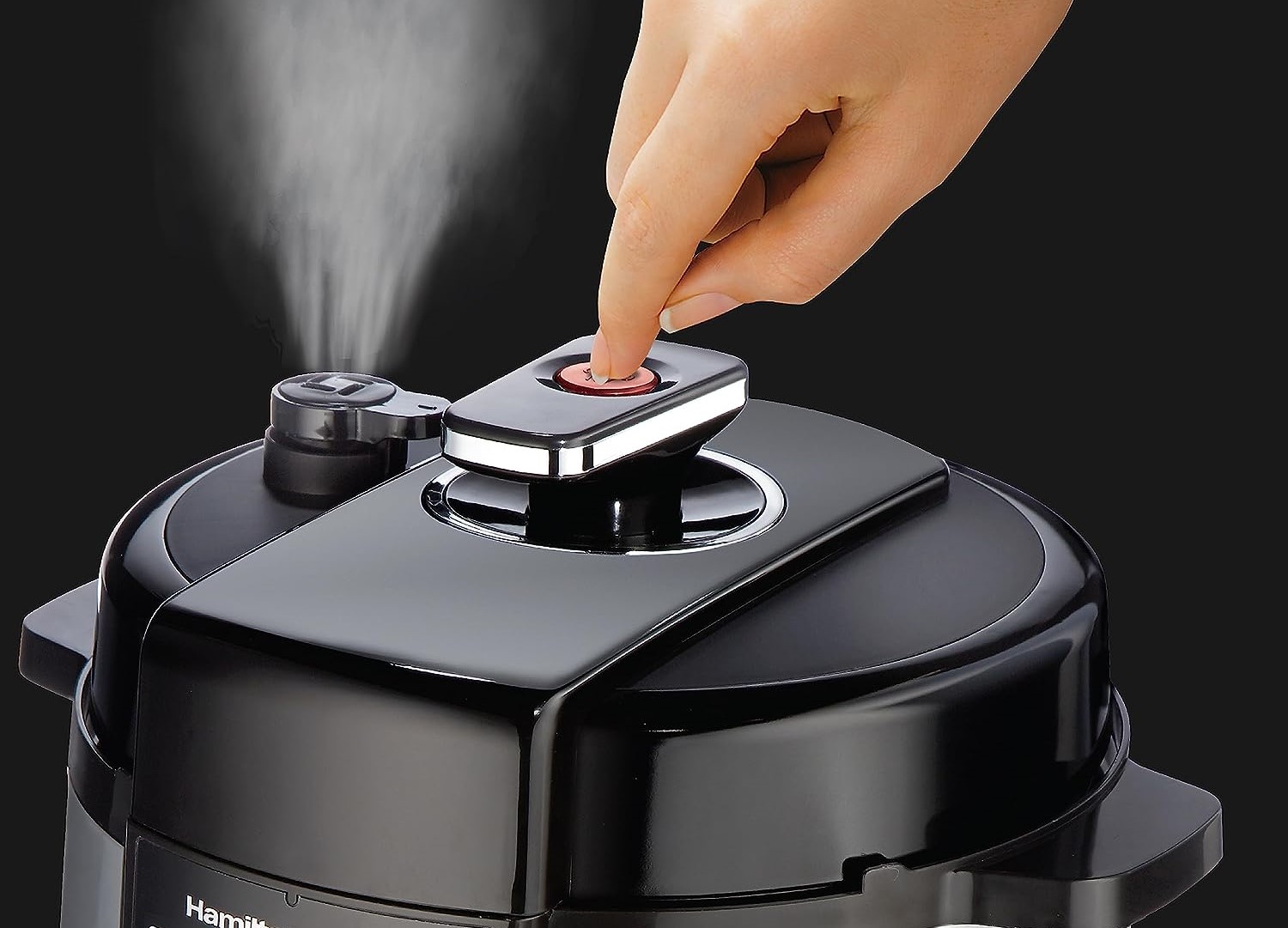
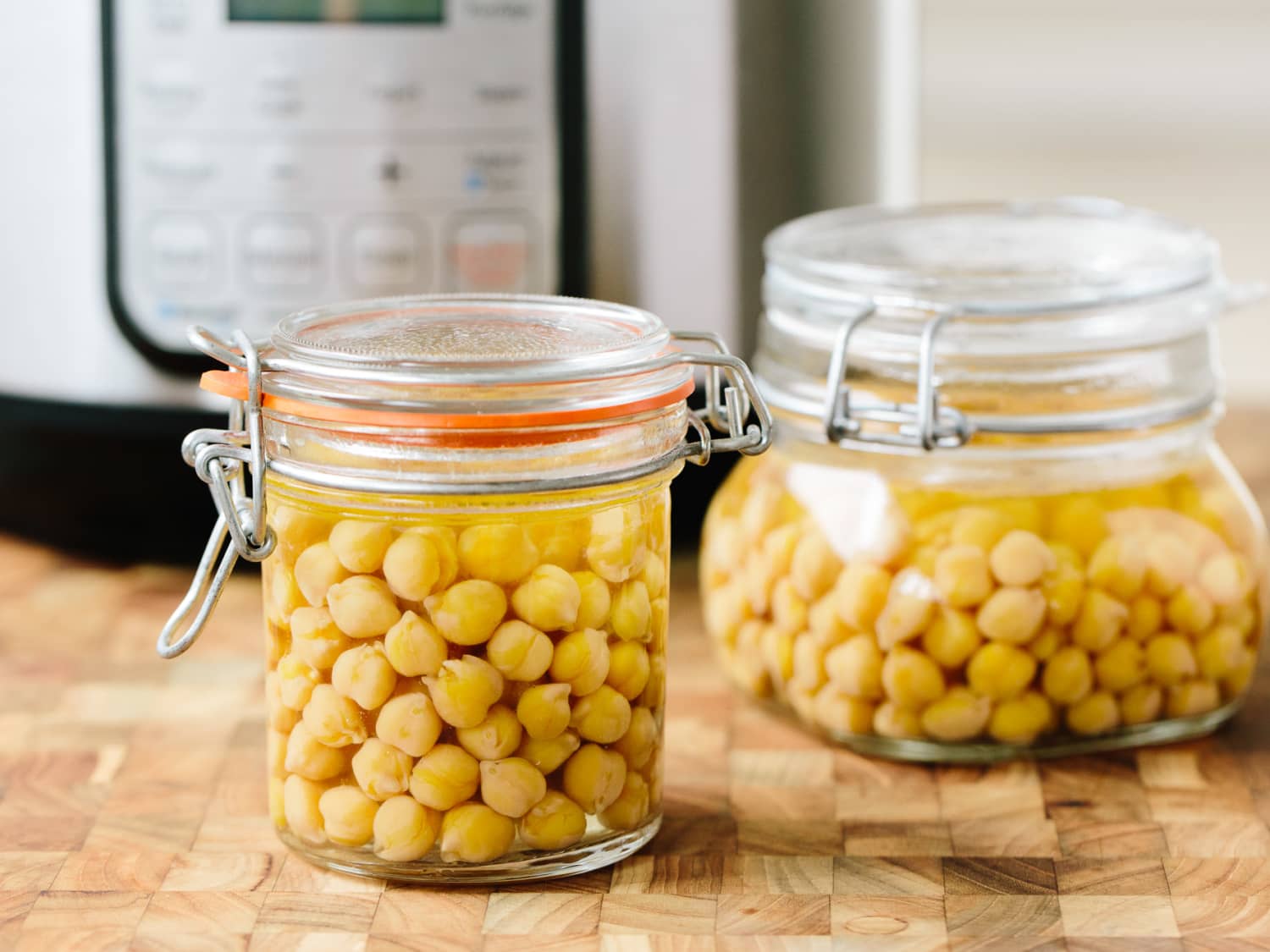
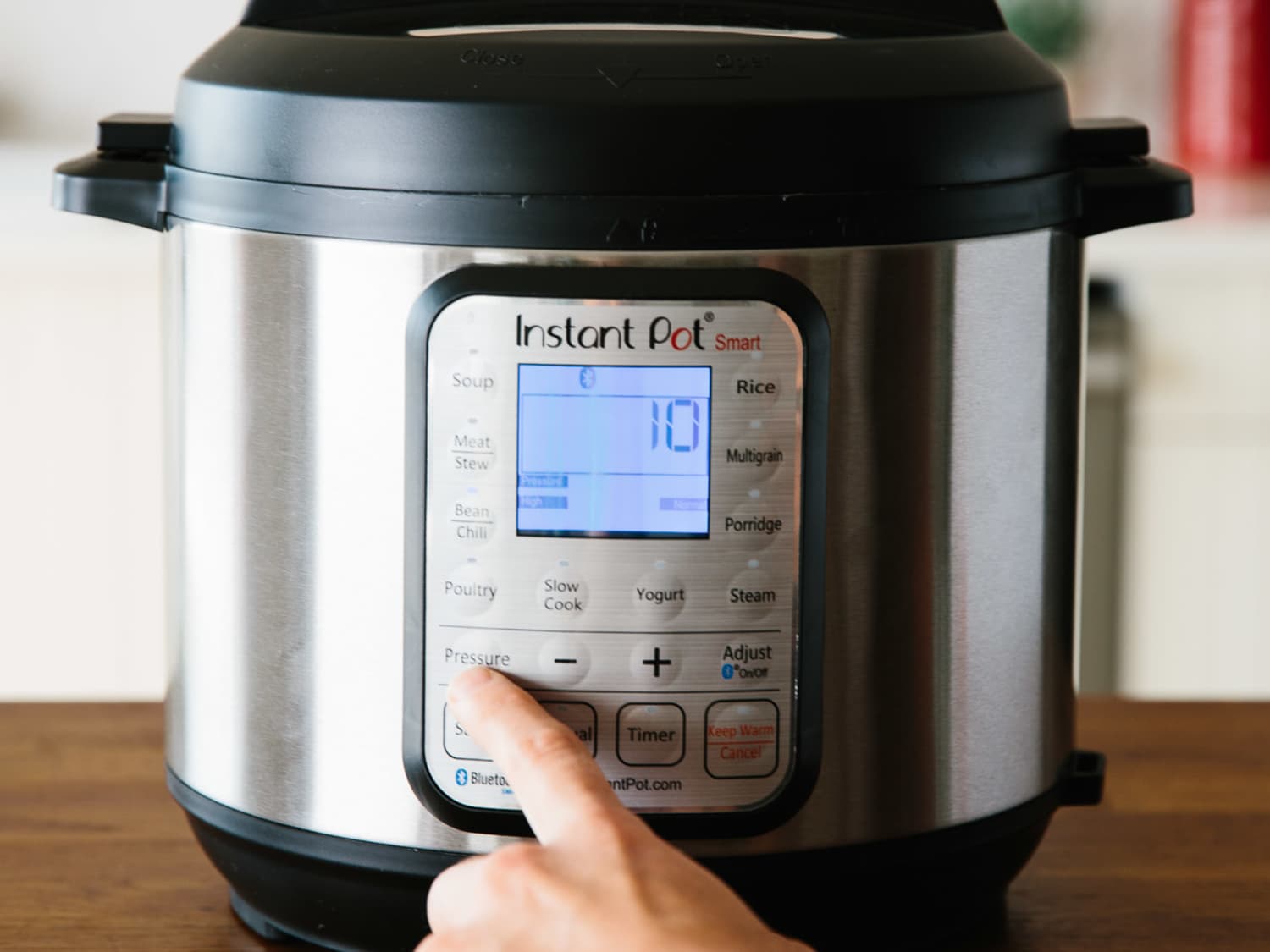
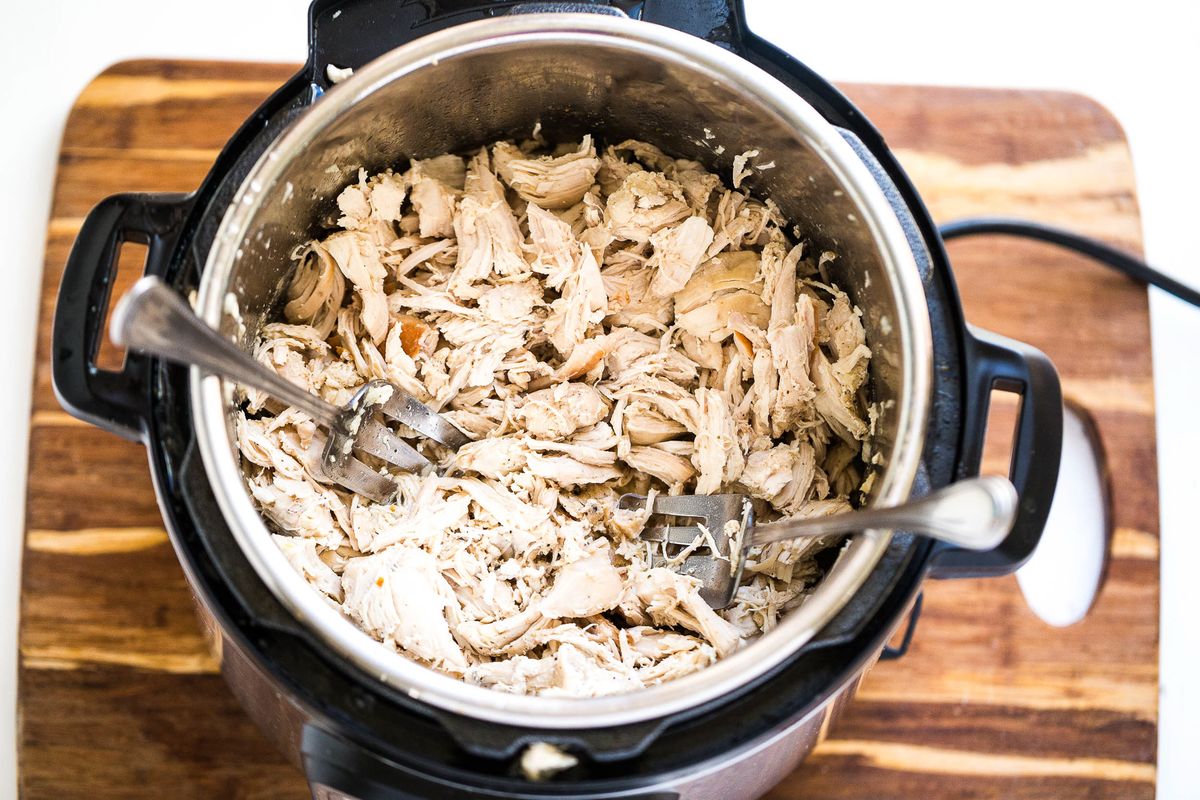
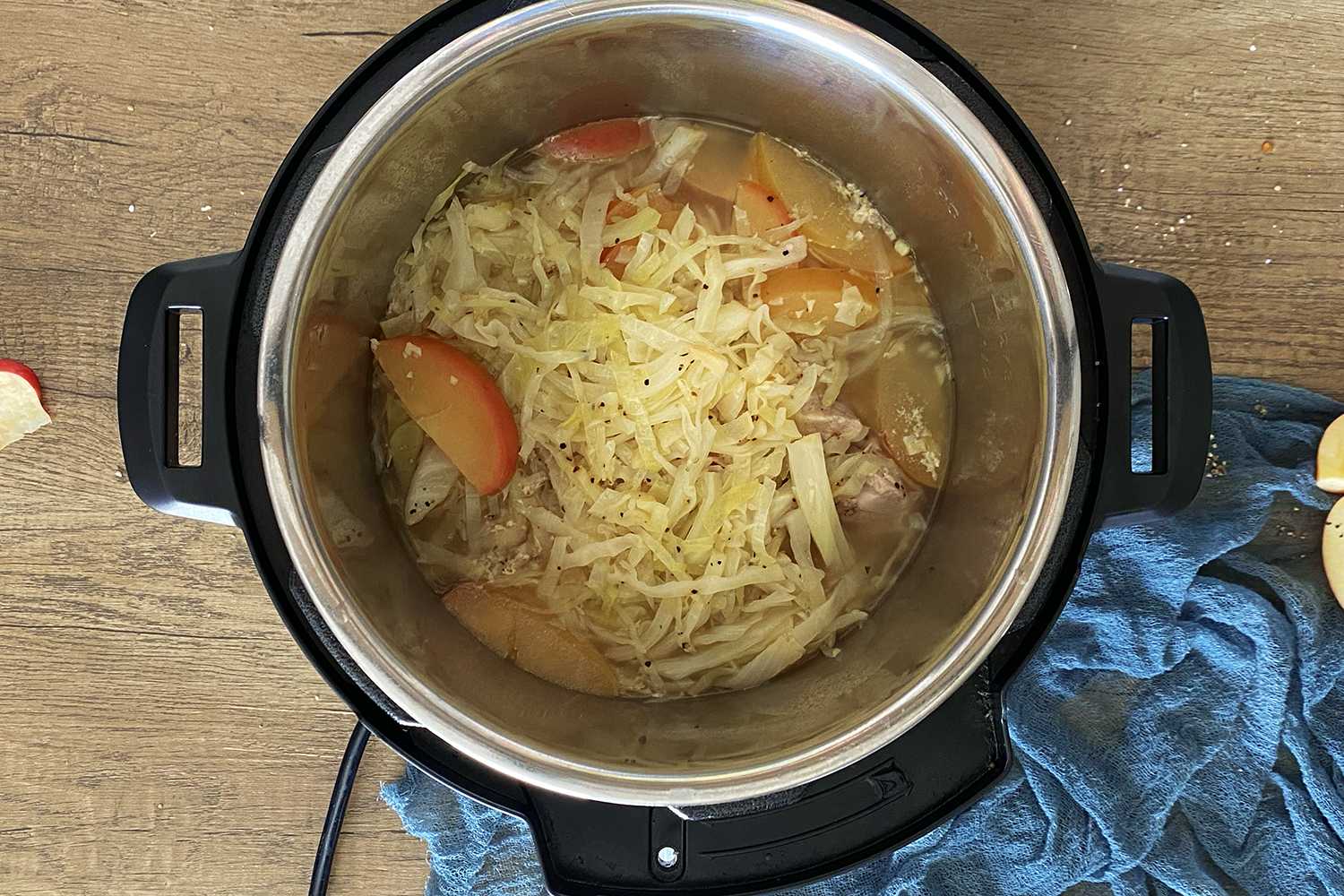
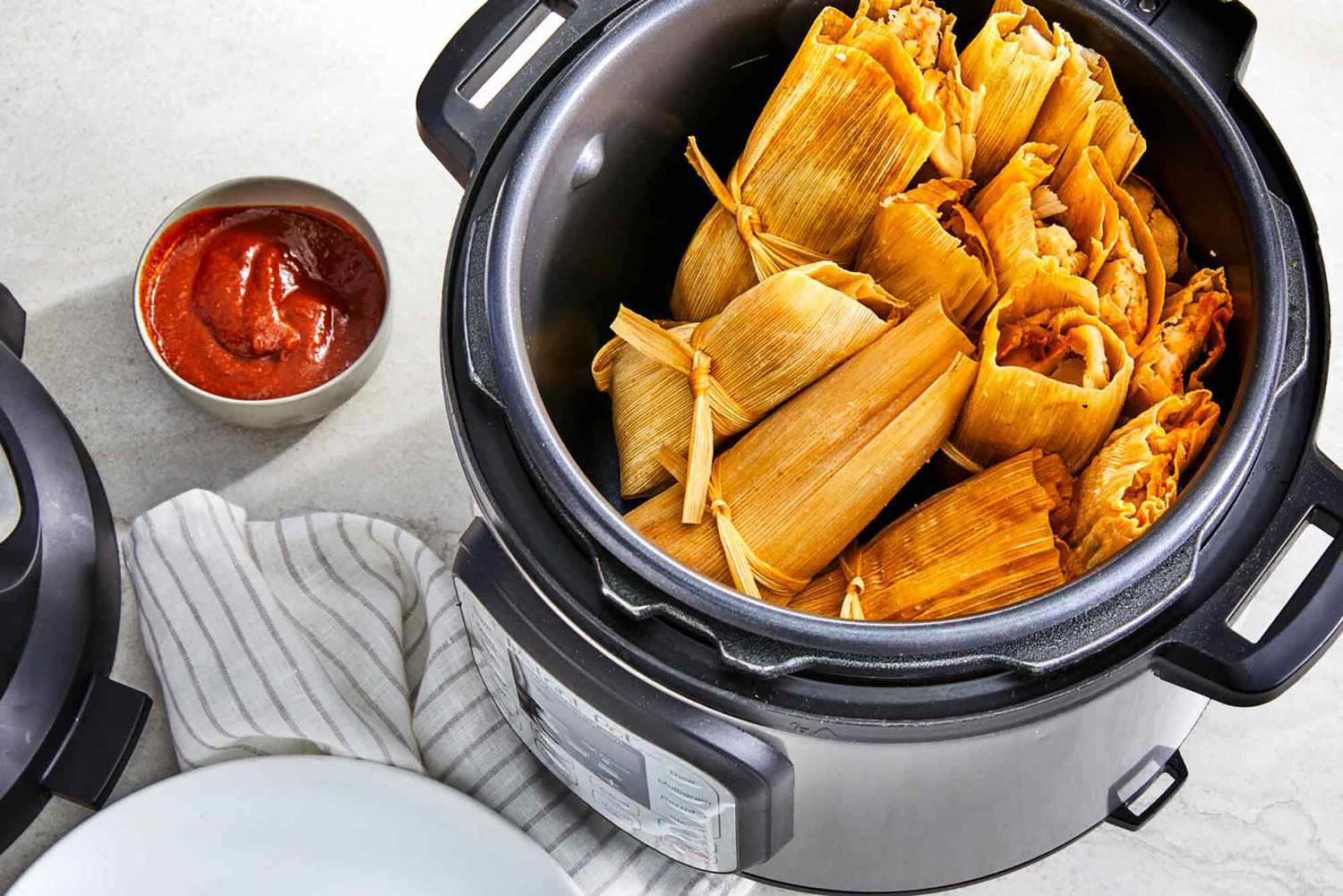
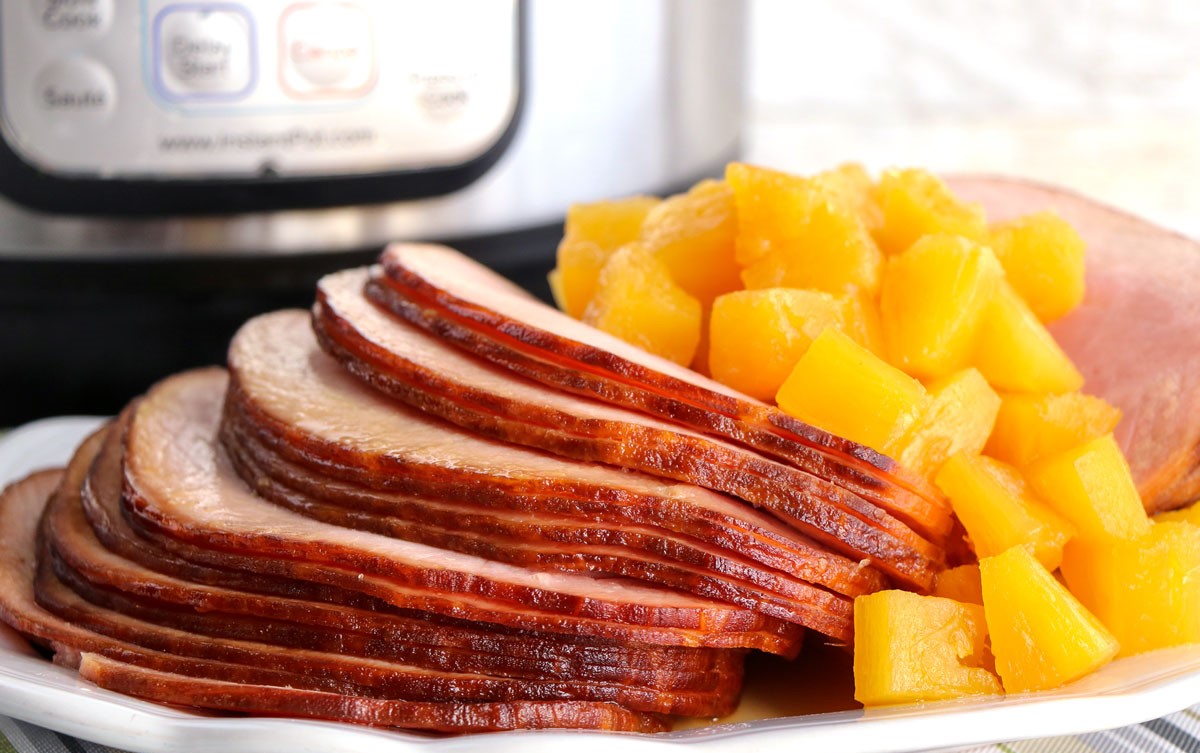
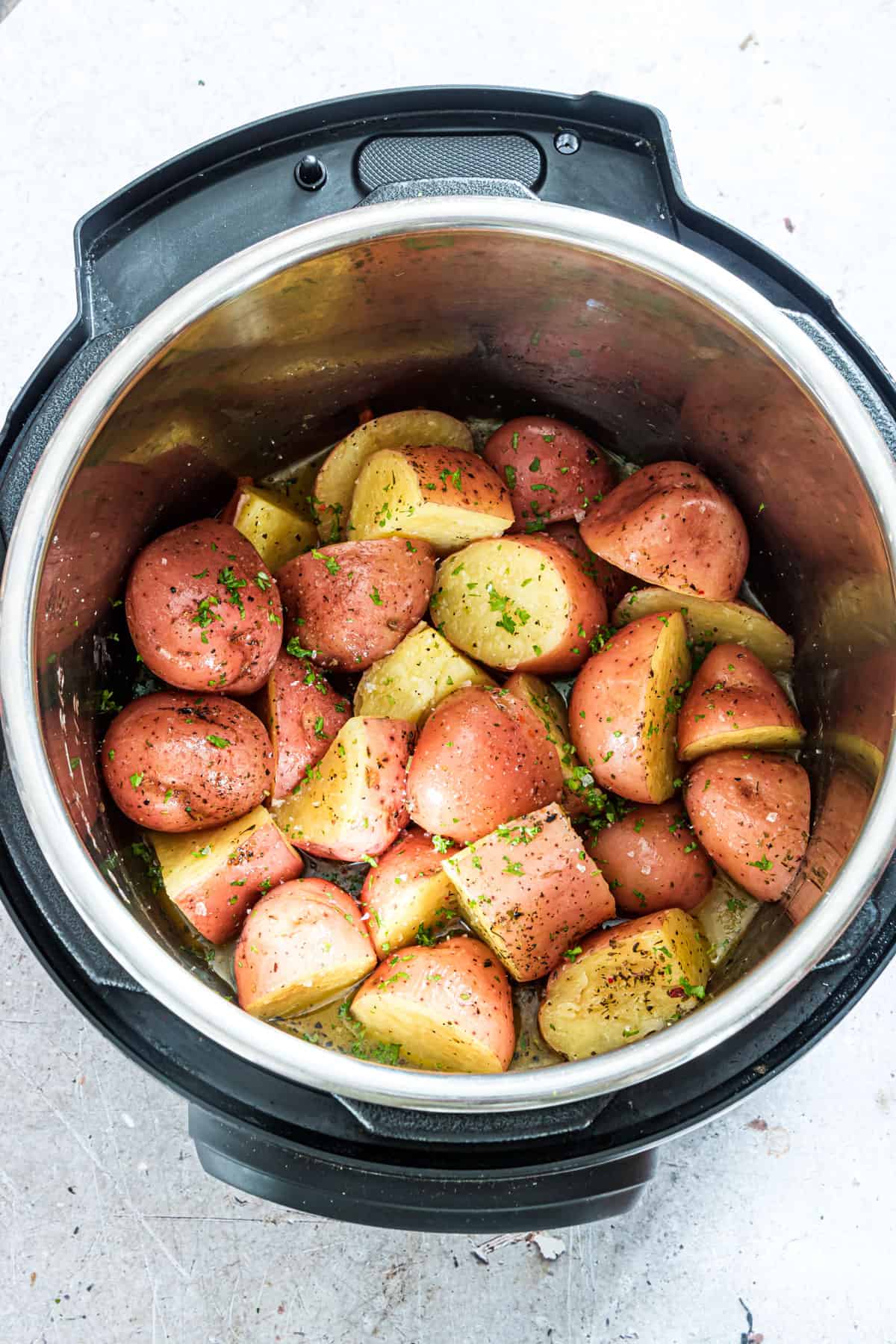
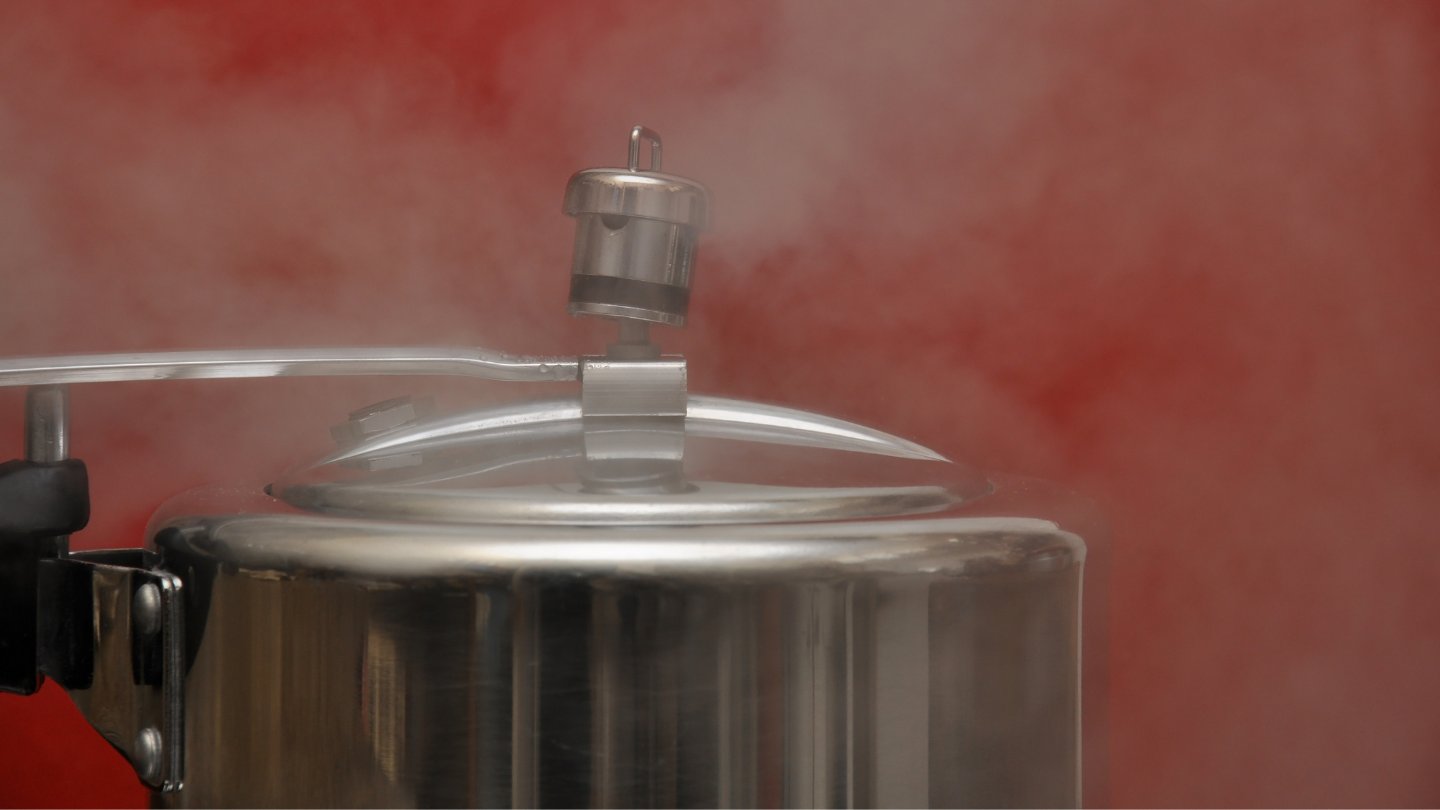
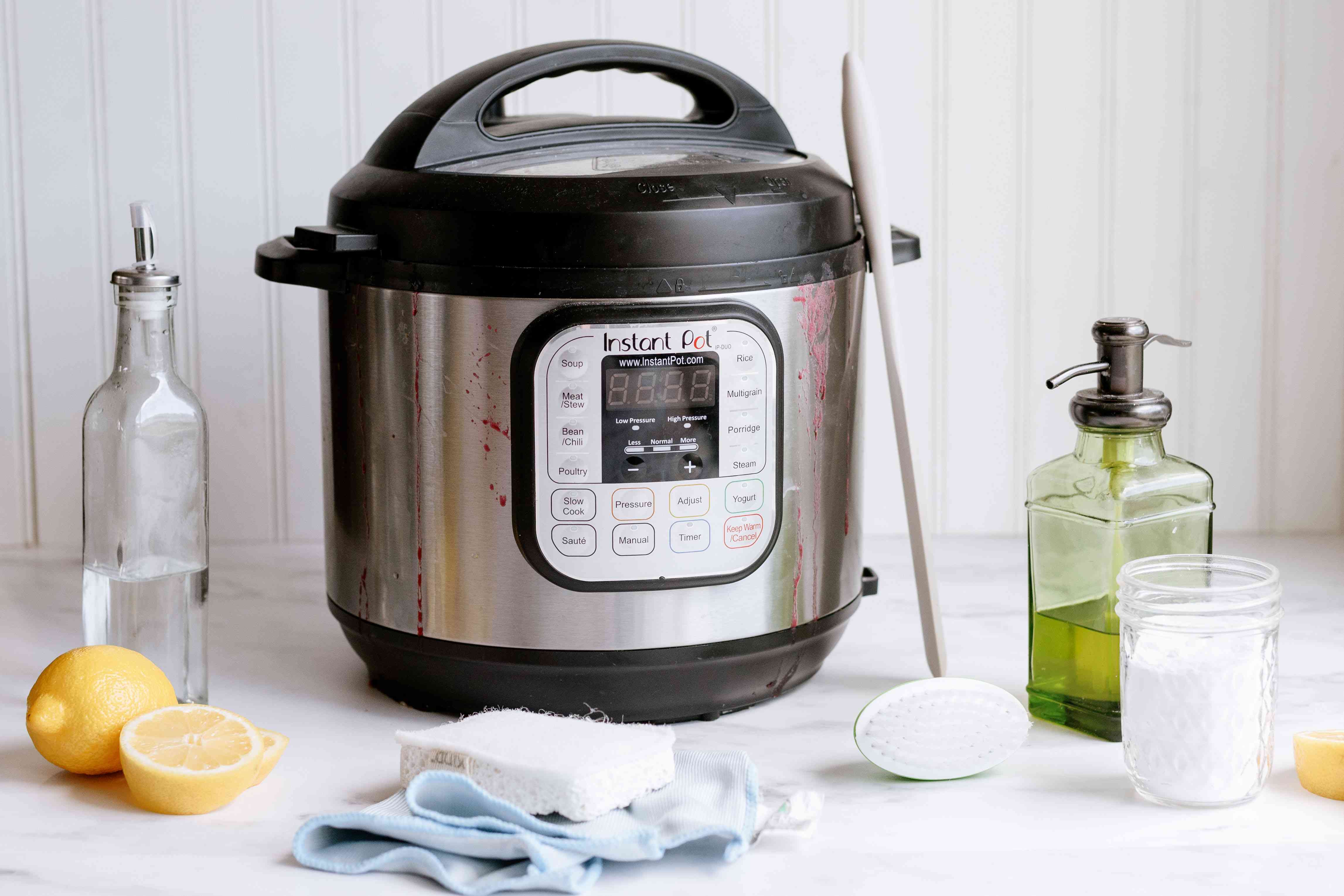

0 thoughts on “How Long Do I Cook Pigs Feet In A Electric Pressure Cooker”